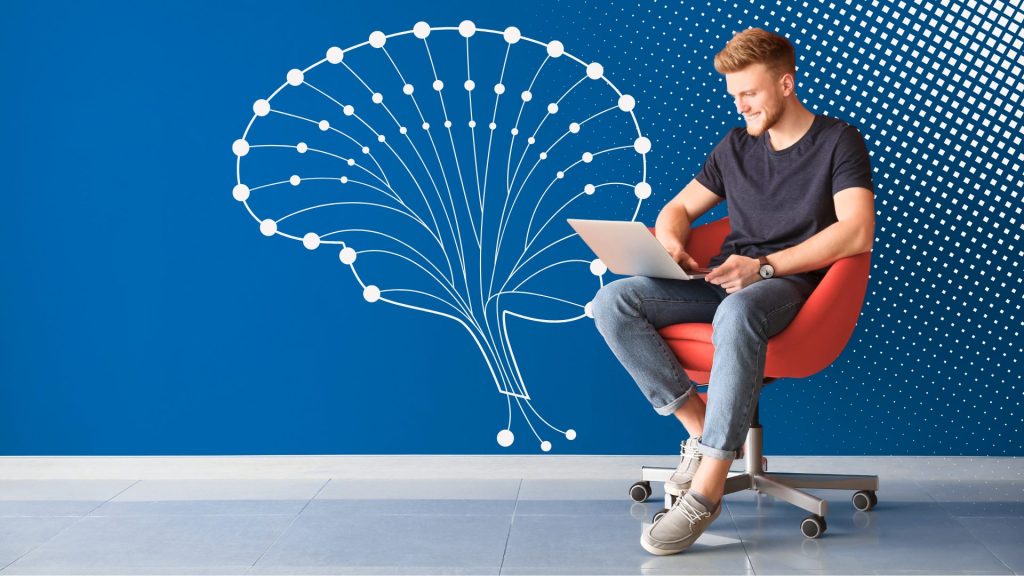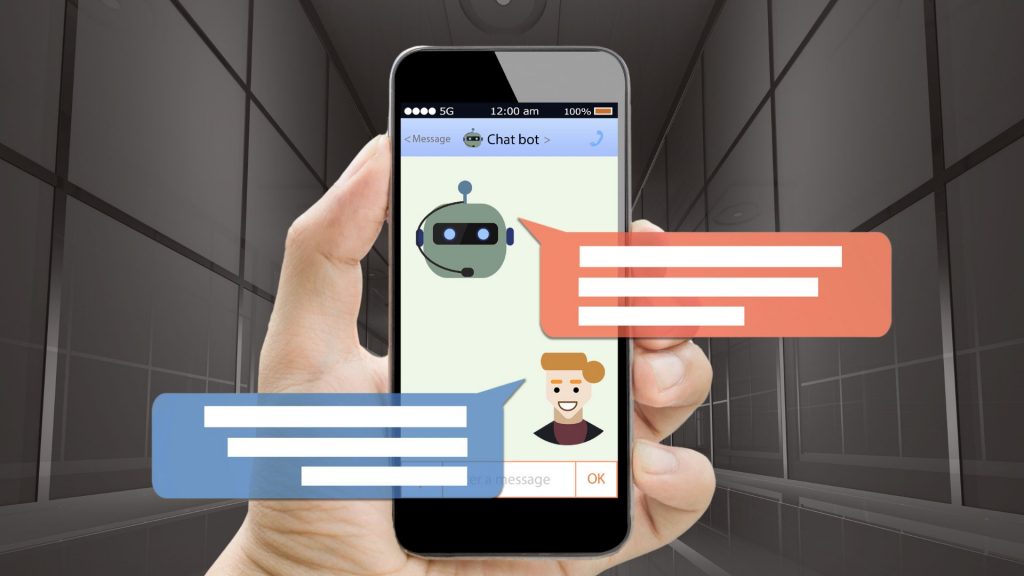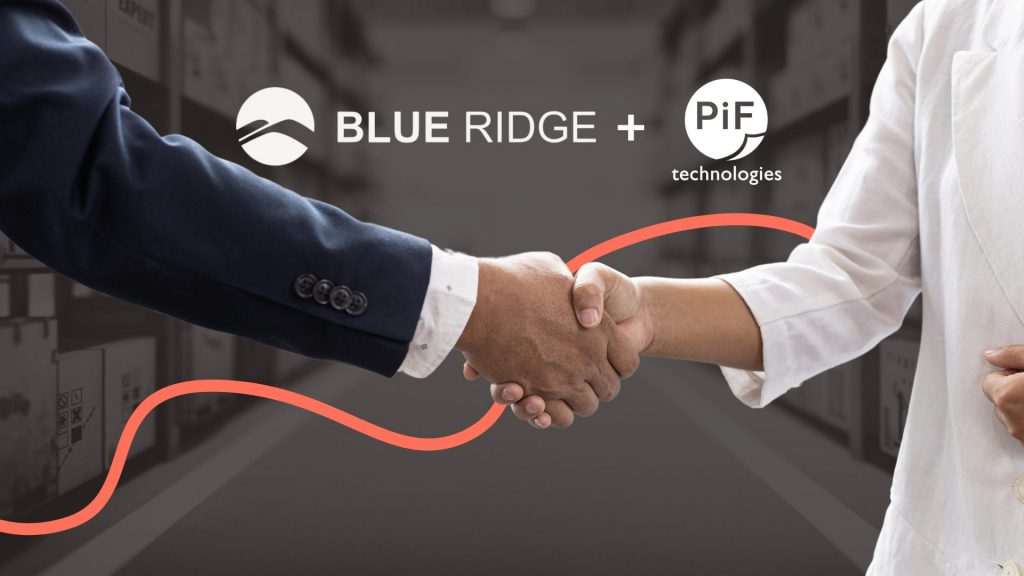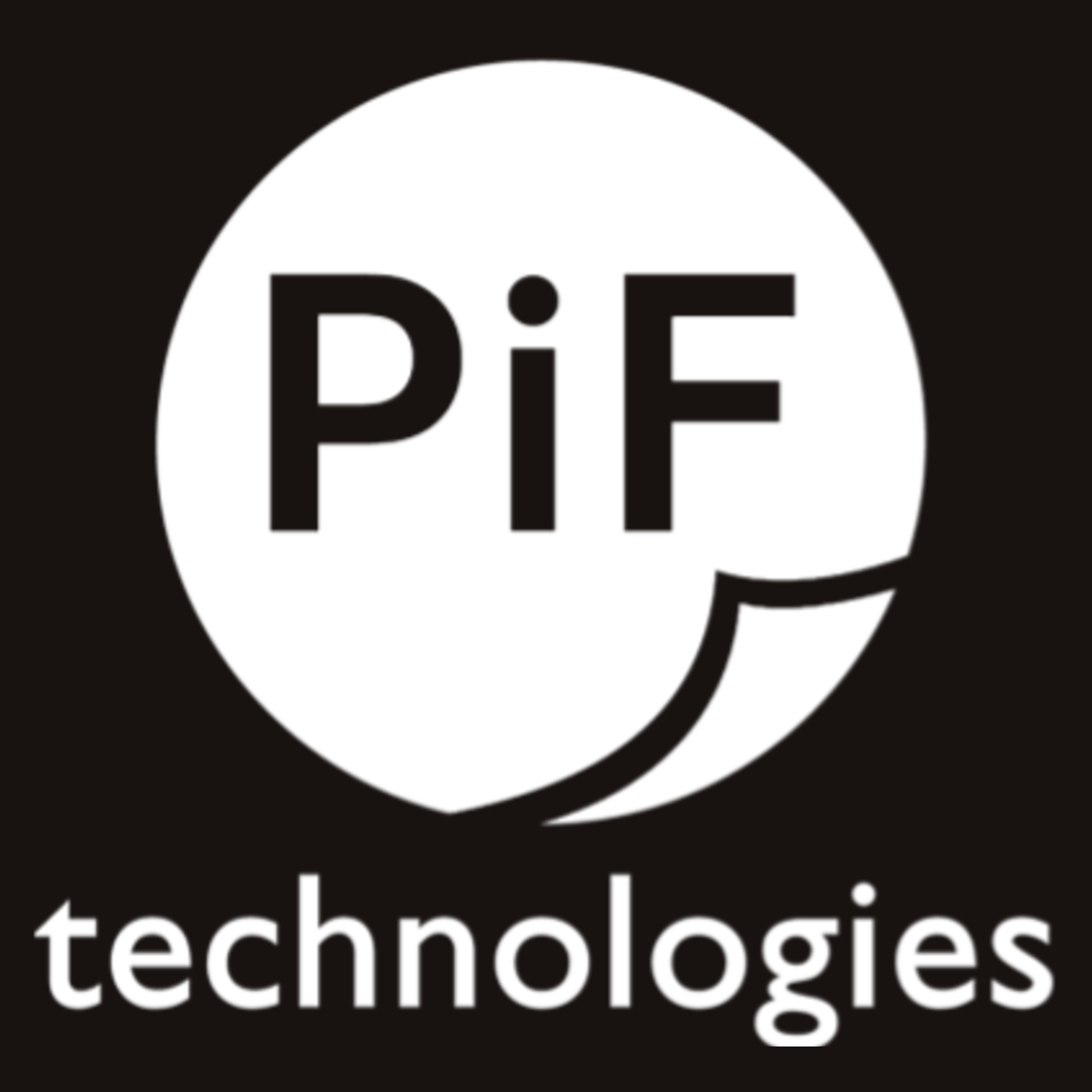A lot has changed since 1999. “Believe” by Cher was the top song, “ER” and “Friends” dominated televisions, and Y2K panic swept the nation. Document Capture was a new technology that was rapidly enhancing legacy Document Management solutions. Now, 25 years later, nearly everything has changed, including Document Capture technology.
There has been a maturation from early capture through simple zone-based extraction, with manual separator pages that required lots of prepping and work post capture. It often led to error prone results due to shifting and tight zone spaces. This was then replaced with Artificial Intelligence-based tools that were able to utilize concepts like computer vision to identify important information and automatically classify documents.
Now in 2024, the large hyperscalers like Microsoft, AWS, and Google are entering the Document Artificial Intelligence space. Thanks to their access to LLM (large language models), Neural Learning, Machine Learning, and Generative AI, they can offer effective capture solutions at a fraction of the cost of previous industry leaders such Kofax, ABBYY, Hyland and the like. Now, semi-unstructured and unstructured recognition and classification can be achieved with prebuilt, crowdsourced knowledge bases allowing true automation without human interaction.
Kevin Neal, CEO of P3iD Technologies and Marketing Chair of the TWAIN Working Group has had extensive industry experience, working at organizations such as ABBYY and Fujitsu. This has provided him with a front row seat to the massive evolution of Document Capture since the 1990’s. He shares his thoughts on how he’s observed the transformation of capture in the past three decades.
To best understand the current state and future state of Document Capture, it is important to understand where the technology began.
The legacy state of Document Capture
Basic Document Capture came into existence simultaneously to early Document Management systems. Designed to digitize physical documents to make them accessible in a digital format, these early capture methodologies often required manual efforts and rudimentary technology. Before the widespread use of advanced technologies and Optical Character Recognition (OCR), Zone-Based extraction was one of the leading approaches to Data Capture. It’s important to note that these rudimentary document capture processes were labor-intensive, time-consuming, and prone to errors.
Kevin Neal recalls some of the challenges associated with early capture, “In the early days of Document Imaging Processing, “DIP” was the terminology we used in the 1990’s, it was extremely costly to even scan a document and display the image on screen…the display systems were CRT (not flatscreen), mostly monochrome (not color), and low resolution (under 1600 x 1200 resolution), displaying an image on-screen was only available if you spent lots of money.”
Calling on his experience with the product during that time, Kevin recalls the challenges and costs associated with document capture, “scanning an image with document scanners was even more costly because you had to get, for example, two Kofax, Xionics, or Seaport accelerator cards, proprietary cables, and imaging software to use the Video or SCSI interface of the scanners. None of them were USB, WiFi or Ethernet at that time.”
"Displaying an image on-screen was only available if you spent lots of money.”
Kevin Neal
What did legacy document capture entail?
Physical Document Preparation: Paper-based documents need to be prepared for effective capture. This process can involve tasks such organizing the papers, removing any staples or bindings, and ensuring they are clean and in good condition.
Scanning: The documents then are scanned using basic document scanners which would convert the physical documents into digital images, typically in formats like TIFF or JPEG.
Image Processing: Once the documents were in digital form, basic image processing techniques might be applied. This could include adjusting brightness, contrast, or resolution to enhance the quality of the digital images.
Manual Data Entry: Since early OCR technology was not as advanced as today, manual data entry played a crucial role. Users would manually transcribe the text from the scanned images into a digital format.
Zone-Based Extraction: Zone-based extraction involved dividing the document into predefined zones or areas. Each zone corresponded to a specific type of information, such as name, address, or date. Operators were then tasked with manually extracting and entering data from each zone into the digital system.
Data Verification: After manual entry, a verification process was often necessary to ensure accuracy. This might involve a second operator cross-checking the entered data against the original document.
Indexing: Documents needed to be indexed for efficient retrieval. Basic indexing involved associating metadata with each document, making it easier to search and organize the digital collection.
Storage: Finally, the digitized documents and their associated data were stored in digital repositories. Early systems might have used databases or simple file structures to organize and store the documents.
The recent state of Document Capture
Recent Document Capture consisted of the use of Optical Character Recognition. Optical Character Recognition, known as OCR, is a technology that enables the extraction of text information from images or scanned documents. Unlike rudimentary Zone-Based Extraction and manual methods, OCR automates the process of recognizing and converting text from images into editable and searchable data. Here’s a breakdown of how OCR works:
Image Capture: The process begins with capturing an image of a document using a scanner or a camera. The document may contain printed or handwritten text.
Pre-Processing: The captured image undergoes preprocessing to enhance its quality. This may include operations such as noise reduction, skew correction, and image normalization. Preprocessing helps improve the accuracy of OCR by providing cleaner input.
Text Detection: OCR algorithms identify and locate text regions within the image. This step involves distinguishing between text and other elements in the document, such as images or graphics.
Character Segmentation: Once text regions are detected, OCR software segments the image into individual characters. This is a crucial step, especially when dealing with handwritten text or situations where characters are close together.
Feature Extraction: The system extracts features from each character, identifying patterns and unique characteristics. These features might include the shape of the character, the presence of specific strokes, and other relevant attributes.
Character Recognition: OCR algorithms use machine learning models to recognize each segmented character based on the extracted features. These models are trained on vast datasets to accurately identify characters in various fonts, styles, and languages.
Word and Context Analysis: OCR goes beyond character recognition by analyzing the context of words. Understanding the relationships between characters and words helps improve accuracy, especially when dealing with languages that have specific rules for word formation.
Post-Processing: After character recognition, post-processing techniques may be applied to correct errors and improve overall accuracy. This can include spell-checking, context-based corrections, and other algorithms to refine the extracted text.
Output Generation: The final output is a digital representation of the text extracted from the image. This can be in the form of editable text, searchable content, or other structured data, depending on the application.
Integration with Applications: The OCR-processed text can be integrated into various applications, such as document management systems, databases, or text editors. This enables users to edit, search, and manipulate the extracted information as needed.
Though powerful, OCR has its limitations, explains Kevin, “just pure-character recognition is not so good at about the 60-70 accuracy rate, at best. In other words, a computer can’t clearly determine if a character is an “0” or a “O”, or a “B” or an “8” very articulately.”
How did the technology evolve to meet these challenges? Modern OCR systems leverage advanced machine learning and deep learning techniques, making them highly accurate and efficient. They can handle diverse fonts, languages, and document layouts, reducing the need for manual intervention in the document capture process. “To get higher OCR accuracy, OCR technology started to implement additional logic such as dictionaries, thesauruses, ontologies and next-character predictions,” Kevin continues, “OCR downloads are such big file sizes because of all the ‘extra’ stuff that makes OCR much more accurate than pure-character recognition.”
Still, the technology is not perfect, “as much as the legacy OCR vendors would like you to think that their technology is magic, the truth is that it’s more brute force using a lot of other techniques to improve accuracy other than pure character recognition.”
Though powerful, OCR has its limitations.
The future state of Document Capture
Now, Document Capture is relying on the use of Machine Learning and Artificial Intelligence to classify and extract data from documents. Through Intelligent Document Processing (IDP), which combines Optical Character Recognition (OCR), Intelligent Character Recognition/Handwriting (ICR) with advanced technologies like natural language processing to automate the extraction, understanding, and processing of data from documents. Specifically, it sources data from Google, Microsoft, and Amazon Web Services to recognize commonalities within invoices without the “learning” stage of Optical Character Recognition.
Kevin says, “we are at an exciting time for Document Capture because the importance of Optical Character Recognition has gone mainstream with a major emphasis from the cloud hyperscalers such as Google, Microsoft, and Amazon Web Services. These companies have so much more technical resources and data samples that they can leverage that the legacy ‘capture’ vendors never had so this new era of innovation is quicker, cheaper, and better quality, frankly.”
Document Ingestion: IDP starts with the ingestion of documents, which can be in various formats such as images, scanned PDFs, or digital documents. These documents may contain structured and unstructured data.
OCR and Data Extraction: OCR technology is employed to extract text from the documents. IDP goes beyond simple text extraction by understanding the context, layout, and semantics of the content. It identifies key data elements, such as names, dates, addresses, and amounts.
Machine Learning Models: IDP uses machine learning models to train the system in understanding document structures and content. These models are trained on labeled datasets to recognize patterns and relationships within documents.
Natural Language Processing (NLP): NLP techniques are applied to understand the meaning of the extracted text. This includes parsing sentences, recognizing entities, and interpreting the overall context of the document.
Contextual Analysis: IDP considers the context in which information appears. For example, it recognizes that a series of numbers in a specific format is likely to be a date or an amount. Contextual analysis enhances the accuracy of data extraction.
Validation and Verification: Extracted data is validated against predefined rules and patterns. IDP systems often incorporate validation steps to ensure accuracy. This can involve cross-referencing information with databases or performing internal consistency checks.
Learning and Adaptation: IDP systems can learn and adapt over time. As the system processes more documents, it continuously refines its understanding of document types, layouts, and data extraction patterns, improving accuracy with each iteration.
Integration with Business Processes: Extracted data is seamlessly integrated into business processes and applications. This integration allows for the automation of workflows, reducing manual data entry and streamlining document-based tasks.
Customization and Configuration: IDP solutions often provide configuration options to tailor the system to specific document types and business requirements. This customization ensures flexibility and adaptability across various industries and use cases.
Scalability and Performance: IDP systems are designed to handle large volumes of documents efficiently. They are scalable to accommodate growing document loads and perform consistently with high accuracy.
Analytics and Reporting: IDP solutions offer analytics and reporting features, providing insights into document processing metrics. These reports can be valuable for monitoring system performance, identifying areas for improvement, and making informed decisions.
Intelligent Document Processing brings a level of automation and intelligence to document handling, offering organizations the ability to streamline operations, reduce errors, and improve overall efficiency in dealing with diverse document types and data formats. Kevin adds, “What’s especially exciting about the future is that these massive cloud companies have greater goals than just Document Capture, which is contextual understanding of the language of documents. For example, it’s still difficult for most legacy Document Capture systems to classify and index a legal agreement. However, with these new systems, they can rather easily classify, summarize, and index a completely ‘unstructured’ document type. This is because they are teaching their computers to semantically understand documents like humans can understand.”
How to evolve your organization’s current capture strategy
The evolution of document capture has been a remarkable journey from rudimentary manual methods to the advanced, intelligent processes of today. From the labor-intensive tasks of manual data entry and zone-based extraction, we have witnessed the transformative impact of technologies such as OCR, and machine learning, and natural language processing of the near future. The shift towards Intelligent Document Processing represents a significant leap, offering unprecedented levels of automation, accuracy, and adaptability in handling diverse document types.
“For this reason of trying to solve one of the most complex problems ever of language understanding, Document Capture becoming infinitely better with better ICR and OCR is a result and not the end-game because there is so much potential for good when computers can truly understand content like humans, instead of simple pixels on a document,” says Kevin.
As organizations embrace these innovations, the future of document capture promises not only increased efficiency and reduced errors but also the empowerment of businesses to thrive in an increasingly digital world. The evolution is ongoing, and with each advancement, document capture continues to redefine the way we manage, process, and derive value from the vast array of information at our disposal.
Kevin states, “it’s true that we have a long way to go but with machine learning and artificial intelligence the machines themselves can learn themselves which offers amazing potential!”







